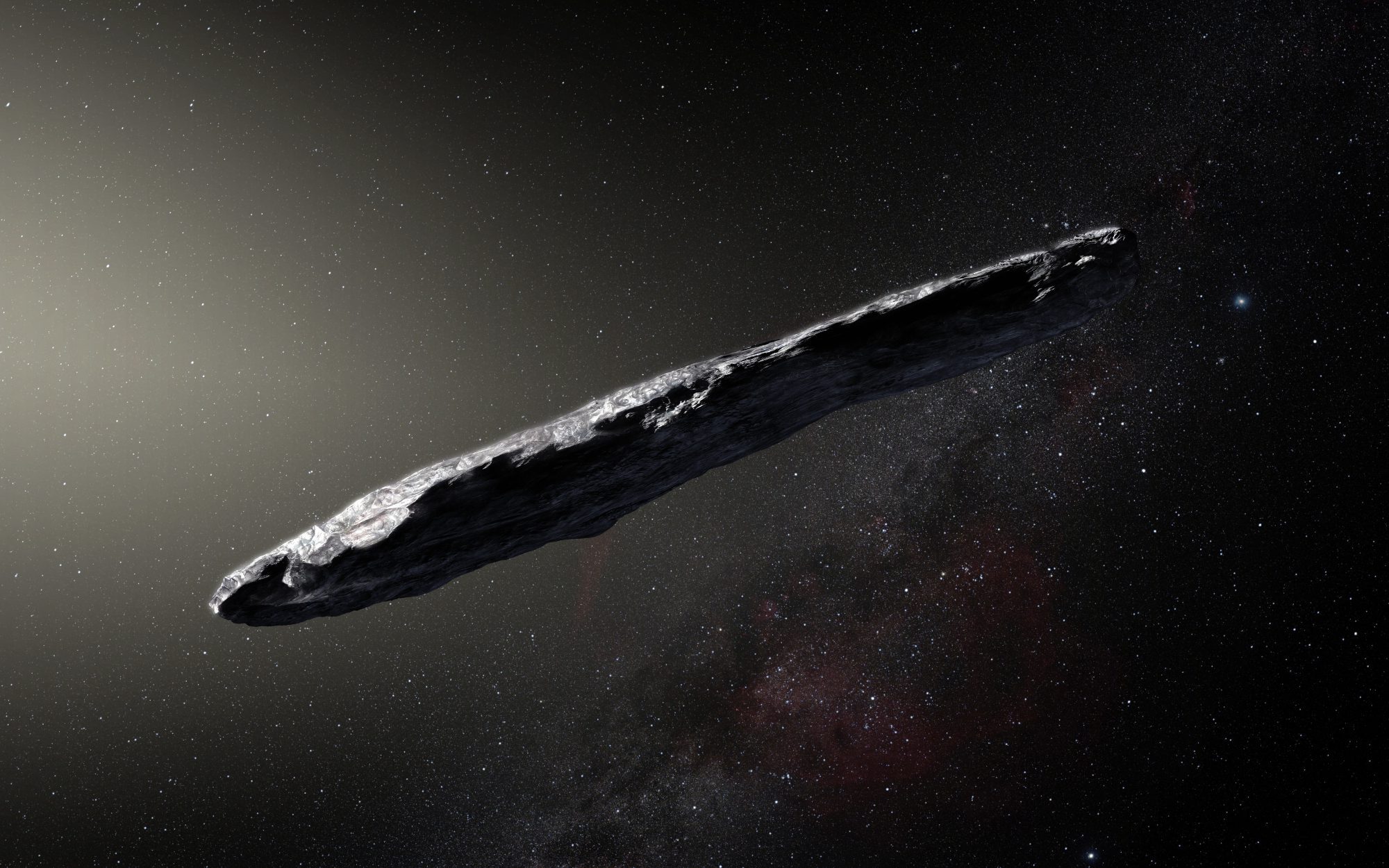Why ‘Oumuamua accelerated
Comet (?) ‘Oumuamua is the first known object formed outside the solar system that astronomers could observe on its way through our solar system. Its nature is still not conclusively explained – at least for some researchers. What we do know: It has not shown any radiation. Measurements in this regard are so accurate that even a cell phone transmitting on the object would have been noticed.
But ‘Oumuamua also shows a small non-gravitational acceleration. So it didn’t move exactly as would have been expected based on mass and velocity. This is not unusual for comets. They typically release trapped gas as they approach the Sun, which provides the acceleration. Now, however, ‘Oumuamua shows no other typical signs of cometary activity, such as a tail of dust or gas. These seemingly contradictory observations have made it difficult for researchers to precisely define the nature of ‘Oumuamua, and even fueled suspicions among some that it could be an artificial object, a spacecraft even.
A model developed by researchers Jennifer Bergner and Darryl Seligman now resolves this contradiction. The researchers attribute the acceleration of ‘Oumuamua to the release of trapped molecular hydrogen from within the object. This hydrogen was formed by the energetic processing of water-rich ice as the body passed close to the Sun, and was subsequently released from the object, causing its orbit through our solar system to curve slightly. Such reactions have already been demonstrated in existing experimental work showing that molecular hydrogen can be produced and subsequently ejected under such conditions.
This model helps us understand the unusual properties of ‘Oumuamua without the need for further fine-tuning. The results support previous theories that ‘Oumuamua may have formed as an icy planetesimal – a small object formed during the early stages of planet formation, similar to comets in the solar system.
